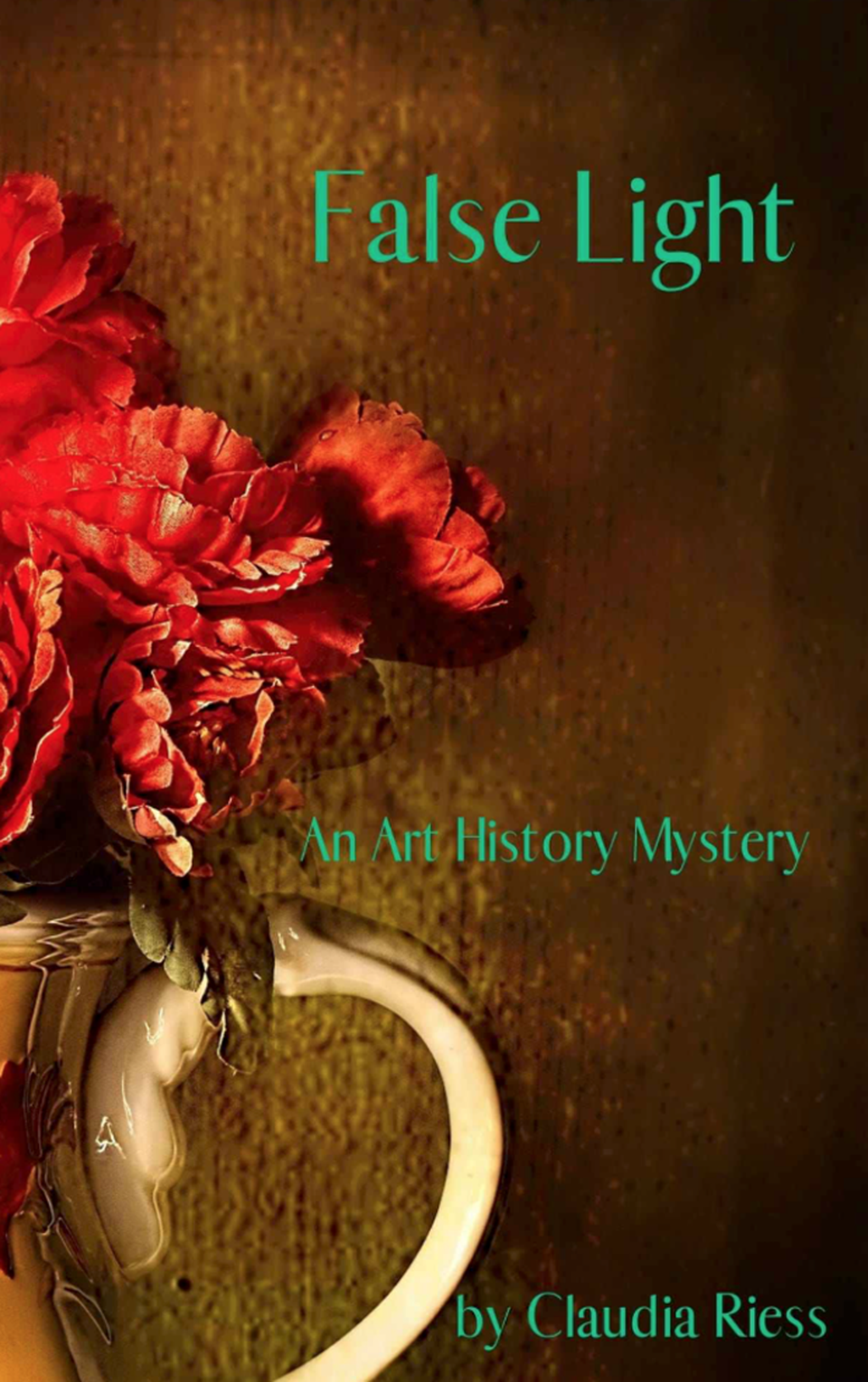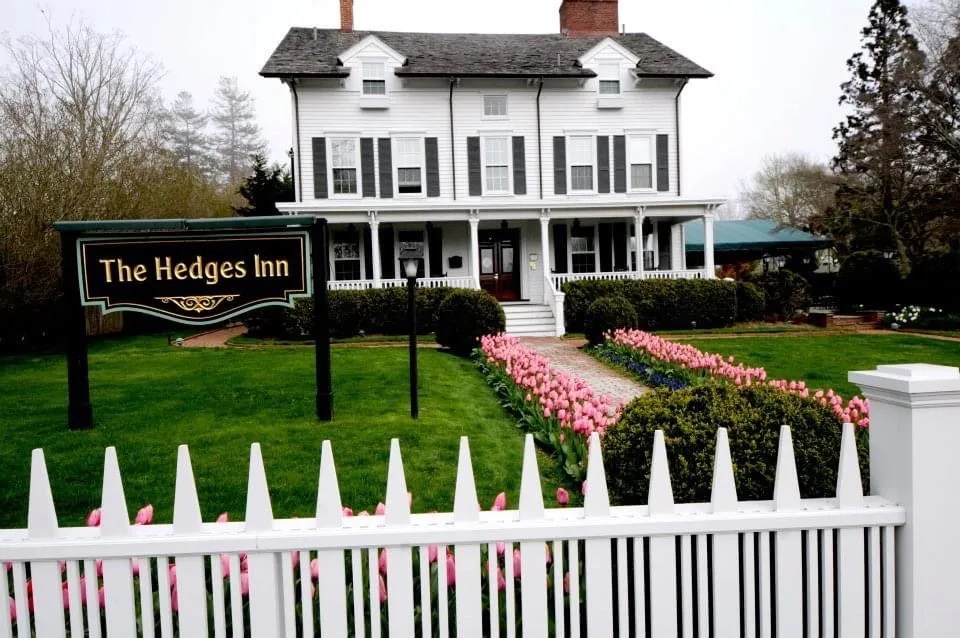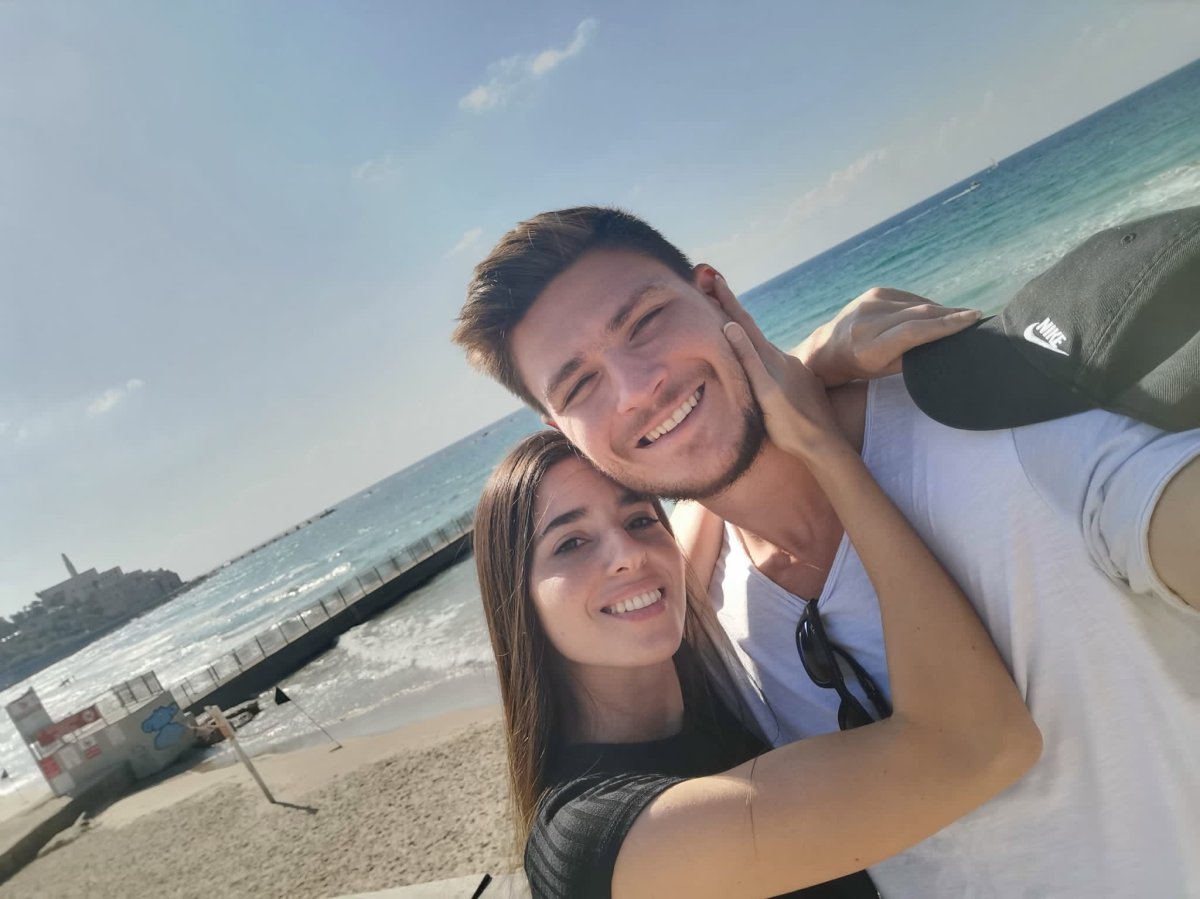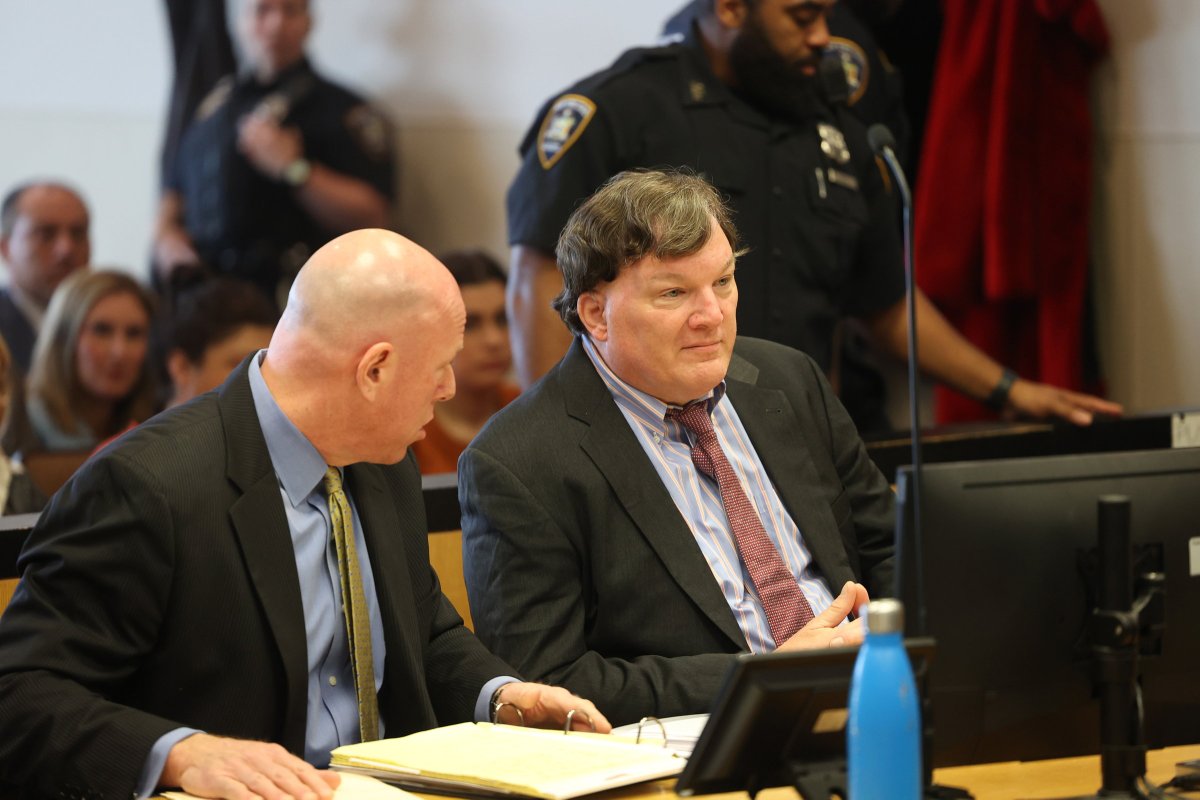The Art Of Forgery


It should be no surprise — given continuing news about art forgeries that keep deceiving those in the business, and the publication of memoirs written by proud felons, some of whom now work in validating, or not, ostensible masterpieces — that in 2005 a Museum of Art Fakes opened in Vienna, featuring not only forged paintings but some manuscripts, the rationale being to educate the public.
The public, however, would seem to be more interested in being entertained than educated, to judge from the popularity of such copycat exhibitions and literature on art forgery.
When visitors step into the gallery at the Louvre housing the “Mona Lisa,” for example, they see from a marked-off distance not only the iconic Leonardo da Vinci work, protected in a sealed box and behind bullet-proof glass, but artists clustered near the painting, working with skilled precision to render an exact imitation. The irony is that some of the copies provide a better sense of the original than what visitors can see through the madding crowd. Many of the copyists are good at what they do.
In “False Light,” the second in her three-book Art History Mystery Series, Claudia Riess taps into our fascination with art forgery. Her resumé notes Vassar, editorial positions at various publishing houses, and editing art history monographs. An end note testifies to her appreciation of “historical accuracy,” but she also admits to being an “incurable romantic,” with a love of exploring the “might have been.”
She’s a careful researcher, in particular citing her reliance here on Eric Hebborn’s memoir, “Drawn to Trouble: Confessions of a Master Forger.” Hebborn (1934-1996), a British painter and art forger, was murdered in Rome, allegedly by the Mafia, for whom he was working at the time. When real life produces such dramatic material and when docudramas are all the rage (a television series on Hebborn is in the works), it’s challenging for a fiction writer to compete.
In a recent online interview, “Art as Impetus in Fiction,” Riess writes: “The world of art knows no geographical boundaries and is where the most sublime of human instincts clash with the basest. For me, it has become the perfect amalgam from which to draw inspiration for fiction.”
She obviously has been inspired, creating a husband-and-wife detective team, Erika Shawn, an art magazine editor, and Harrison Wheatley, a professor of art history. With nods to her first book in the series, Riess now engages her attractive sleuths in trying to break a code Hebborn inserted into his memoir about where famous art forgeries may be found. But the hunt for the code turns into a hunt for a killer.
A prologue introduces a well-known art scholar who has one copy of Hebborn’s memoir, though a second copy, missing for years, is needed to break the code. The scholar is thrilled when he hears that the second copy has turned up, but his plans to meet with the finder are foiled when he’s murdered. His death will not be the first and, for sure, our heroine will find herself in mortal danger.
Though the prologue is only two pages, the reader senses what is about to happen here, and elsewhere in the narrative. It also strains credulity when Erika, partly to ward off depression over a miscarriage (gone into, inexplicably, too long), devises a sting operation, over what she’s sure would be her loving husband’s objections.
For the art-minded East End, where art forgeries are a familiar topic, “False Light” will strike a timely note. The question is whether Erika and Harrison’s growing marital tension, and the trials of minor characters, advance the plot or simply try to enrich characterization. Dialogue at times sounds oddly polite and stilted, carefully constructed subject-predicate sentences that belie the exigency of various situations.
There’s a lot of lore here, though, on various methods used to prove the authenticity of art works, even if these sections seem detached from the main narrative, as do the too-extended passages of Erika and Harrison in bed. The novel does, however, show off the author’s admirable research, sympathy for professional women wanting a family, the plight of LGBT couples, and an overall good heart for those who still believe in love in a cynical world.



